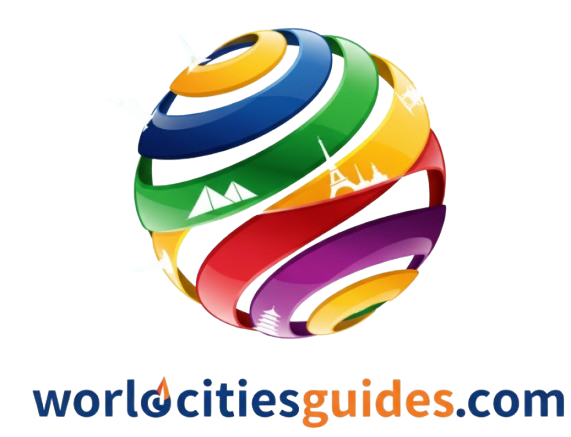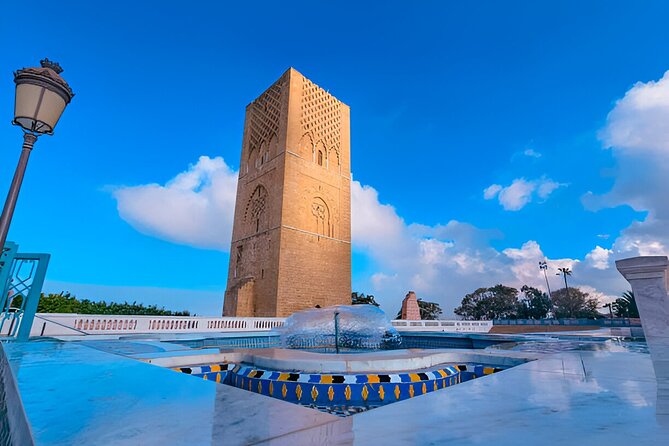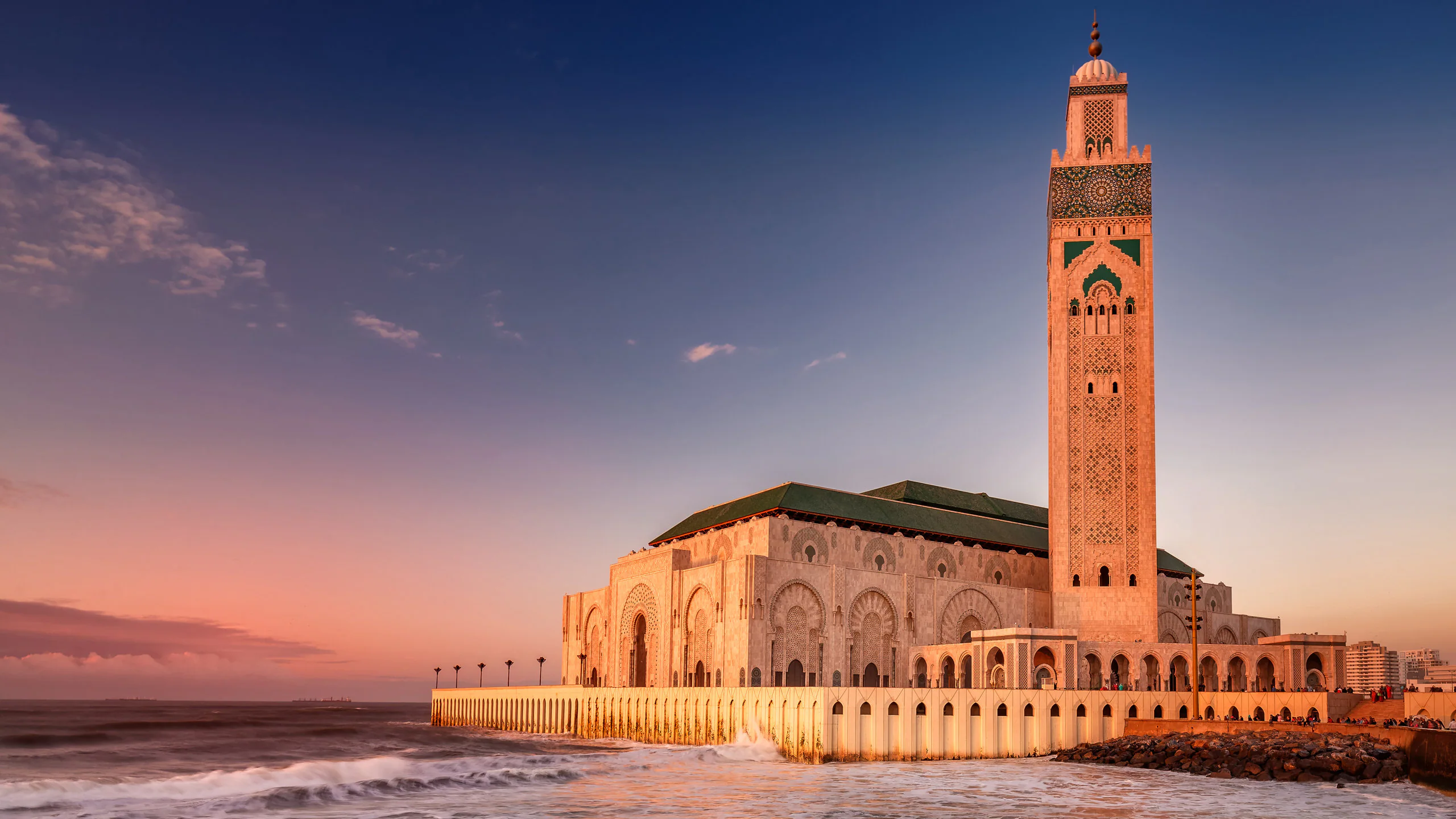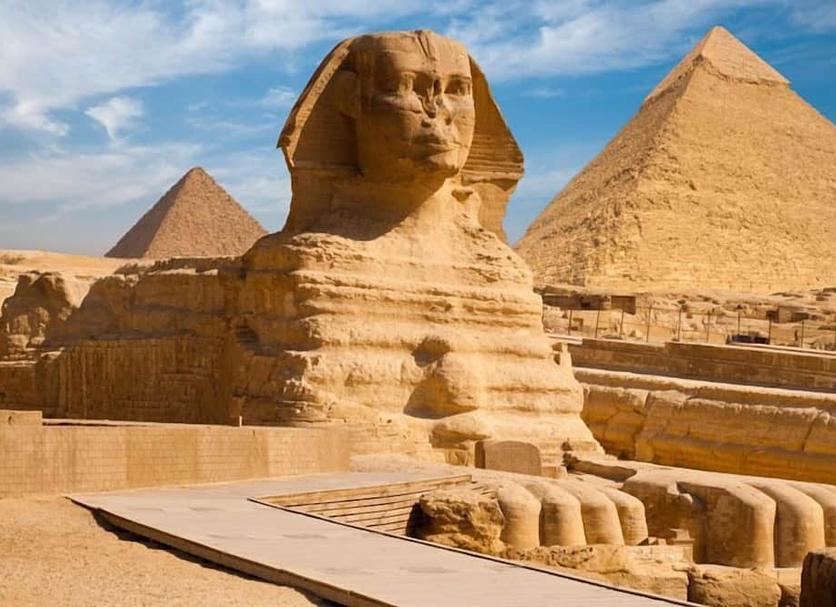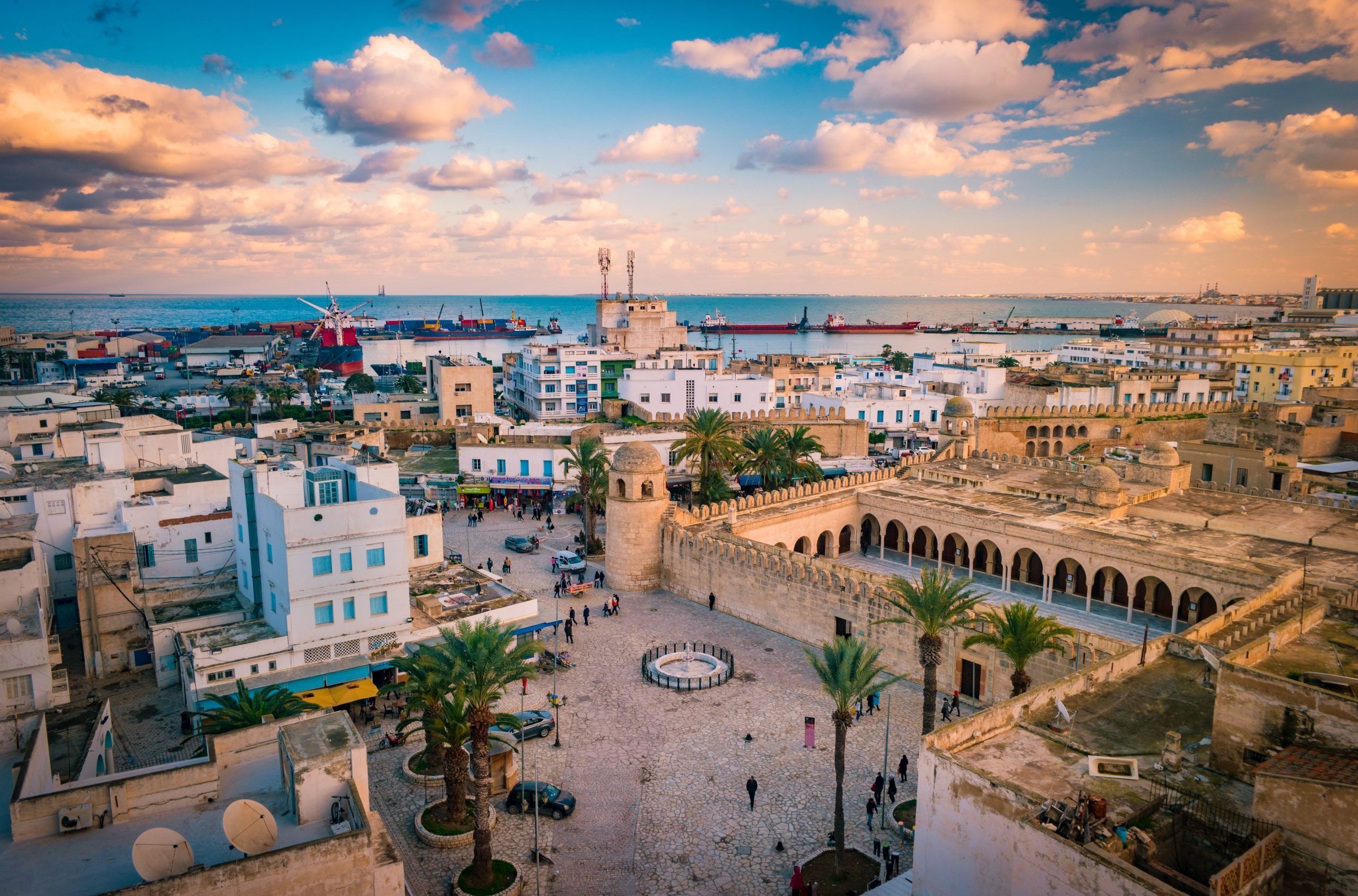Rabat, the capital of Morocco, is one of those few cities where times seem to coexist in perfect harmony. A city of contrast with an Atlantic coastline, historic landmarks and modern infrastructure, Rabat strikes the perfect balance between rich culture and high living standards. Less well known than Marrakech or Casablanca, visitors to Rabat frequently fall under the spell of its discreet grace and tranquil appeal.
A CITY WITH A RICH HISTORICAL TAPESTRY
In the 12th century, Rabat became an independent urban centre under the Almohad dynasty and on the site of its ancient predecessor, which was a fortress used as a military headquarters to attack Spain. The city itself developed around a fortress called “Ribat al-Fath,” or the “Fortress of Victory.” In the course of time, Rabat has developed from a fortress outpost after Salé to a prominent city in Moroccan history.
Rabat is known for being a ’safe haven’ for pirates since the 17th century. It is part of the ‘”Republic of Salé”. Later, during French colonial rule in the early 20th century, Rabat was made the capital of the protectorate — and it remained so even after Morocco gained independence in 1956. This era of colonialization also gave the city its look and feel, wide boulevards, administrative buildings and posh villas shine.
The Rabat of today is not only a political hub but also a cultural, historical and UNESCO World Heritage site-winning get, with vibrant art scenes and an increasing population that constantly molds its distinct identity.
POPULATION AND DEMOGRAPHICS
The town has roughly 1.8 million inhabitants as part of its metropolitan area. It’s a mix that runs the gamut from civil servants, diplomats and students to artists and professionals in various fields. It has even more live-and-let-live vibe than those other cities, making it a favorite place to settle down for many people.
Rabat is very Moroccan at its core, but the expat community has been ever-increasing with the embassy crews, NGOs, and international schools. It is this cocktail of local and global drivers that gives the city its distinctive cosmopolitan taste.
LANGUAGE AND COMMUNICATION
The official languages of Rabat — and of Morocco as a whole — are Arabic and Amazigh (Berber). But French is commonly spoken, particularly in business, education and government. Street signs, menus and public services are frequently written in both Arabic and French.
Many also speak English, particularly the young, though not as widely as French. You can count on hearing plenty of Darija, the Moroccan Arabic dialect that borrows words and expressions from some combination of Arabic, French, Spanish and Amazigh.
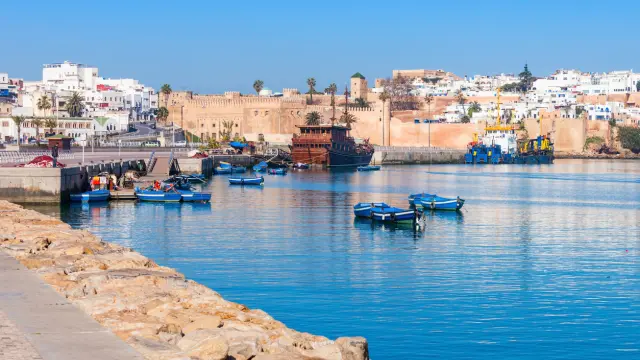
CURRENCY AND ELECTRICAL SYSTEM
Rabat also uses the Moroccan dirham (MAD). That currency isn’t convertible outside the country, so it’s a good idea to exchange money at your arrival airport. ATM’s are plentiful and credit cards can be used in the majority of hotels, restaurants, and stores, but cash is preferred for lower end accommodations and eateries.
To access electricity, Morocco is on a 220V supply voltage and 50Hz. It also uses Type C and E plugs as is common across the continent. Visitors from North America or other places with different voltages will need an adapter; your devices will also work if you use a voltage converter.
WEATHER AND CLIMATE
Rabat has a Mediterranean climate (Köppen Csa) that borders on an arid climate with influencces of oceanic climate, due to the relatively cool temperatures of the sea; it has warm-to-hot summers and mild winters. The city is not too hot or cold, so it can be visited at any time of the year.
Summer is cooled by ocean breezes and temperatures range from 25°C to 30°C (77°F to 86°F).
Winter is generally a bit chilly, but it seldom falls below 10°C (50°F).
Rain increases from November to February but is usually light.
It is this climate that seems to keep the city perpetually green and lush, given over to parks and palm-lined méridiens and a scenic coast.
TRADITIONAL CUISINE AND LOCAL DISHES
Bold spices, slow-cooked meats and fragrant stews are familiar hallmarks of Moroccan cuisine–and Rabat is no exception. As capita, it provides a wide range of regional and national dishes but often with a bit of esprit.
Here are a few classic foods to be sure to sample in Rabat:
Tagine: Slow-cooked meat stew (often lamb or chicken) with vegetables and spices, which gets its name from the conical clay pot it’s cooked in.
Couscous: A steamed paste of semolina grains, couscous is often served Fridays in homes around Morocco and could be paired with any kind of meat or vegetable.
Harira: A hearty tomato and lentil soup that is frequently consumed during Ramadan, but which also tastes delicious year round.
Pastilla: A savory-sweet pie filled with pigeon or chicken, almonds and spices, encased in filo wire and sprinkled with cinnamon and sugar.
Mint tea: Called Moroccan whisky, this sweet minty green tea is a sign of hospitality and is served at just about every social gathering.
Rabat also boasts an increasing number of international restaurants, including French and Italian as well as Japanese and Middle Eastern.
GETTING AROUND THE CITY
Rabat has one of the most modern and attractive transport systems in Morocco. Getting around the city: The city offers a variety of affordable and convenient ways to navigate your way through Madrid:
Tramway: The Rabat-Salé tramway is reliable // by dirs cvv / Can be found across major neighborhoods as well the twin city Salé.
Taxis: There are two kinds — petit taxis (small, for within the city) and grand taxis (larger, to travel longer distances or share with others). Make sure the meter is on, or negotiate a price in advance.
Buses: Public buses are inexpensive but can get very full in rush hour.
You can also find car rentals and ride-hailing apps like Heetch or Careem, although driving in Rabat is tricky because of traffic and narrow roads.
Strolling is pleasant and safe in much of the city, particularly around the Medina downtown and along the Corniche.
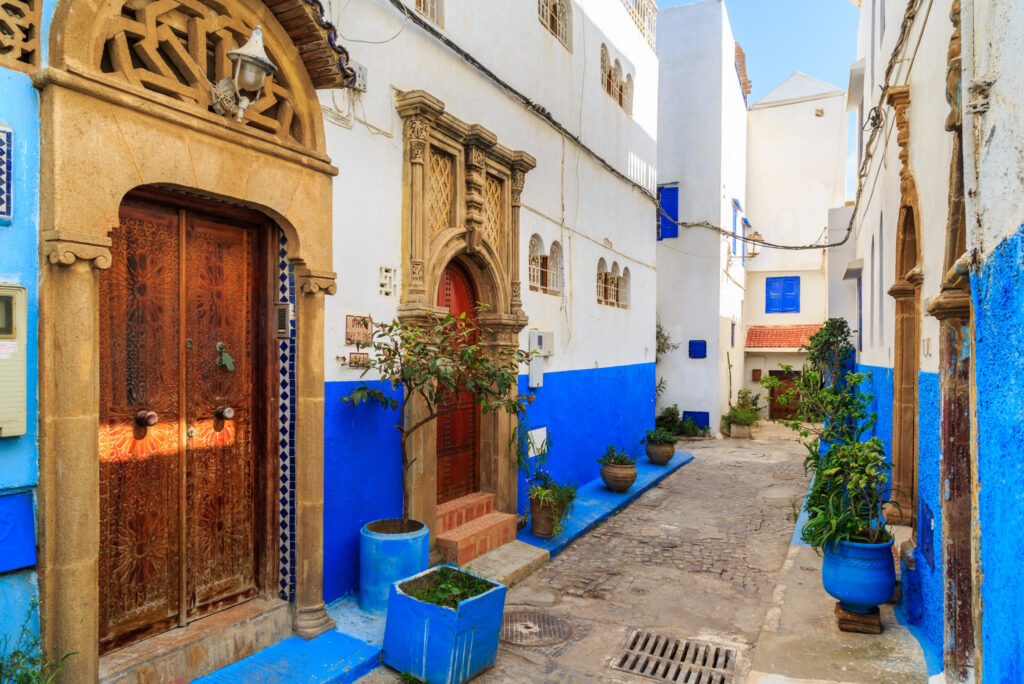
SAFETY AND COMFORT
Rabat is one of the safest cities in Morocco. There’s not a lot of it, at least not compared to most big cities. As in every city it is best to be careful with your belongings, especially in crowded areas such as markets or public transport.
There is a lot of visible police and it’s the seat of government, so the security culture is pretty tight. For woman travelers, Rabat is considered as a more peaceful and constructed city than other cities in the country with a nice friendly attitude.
There are excellent medical facilities, including numerous public and private clinics, pharmacies and hospitals scattered throughout the city.
TOP ATTRACTIONS IN RABAT
Rabat is full of interesting landmarks and tranquil corners to discover. Its another Moroccan city that is less chaotic than the rest, and it has rather normal beauty because of its laid back vibe.
Here are several sites for your must-visit list:
Kasbah of the Udayas: A fortress above the Atlantic, known for white-and-blue-painted lanes and Andalusian gardens that provide Instagrammable views.
Hassan Tower & Mausoleum of Mohammed V: A collection of buildings consisting the tomb’s of Moroccan rulers and an unfinished minaret belonging to a 12th century mosque.
Chellah: A surprisingly attractive mix of ancient Roman and Islamic ruins that are home to nesting storks and peaceful gardens.
Medina of Rabat: Smaller and more serene than in most Moroccan cities — perfect for meandering through traditional souks without getting overwhelmed with tourism.
Royal Palace (Dar al-Makhzen): Advisable not to get so close, as it’s forbidden anyway but from just outside you can see how grand this place is and that of all of Morocco’s monarchy.
Museum of Modern and Contemporary Art (MMVI) : The contemporary Customs building houses Moroccan and international art.
For a respite from sightseeing, there is the Corniche along the Atlantic coast with beaches, cafés and jogging paths. The Bouregreg Marina is another great spot for a meal with views over Salé and the river.
OTHER PRACTICAL TIPS
Business hours: Most shops are open from 9 a.m., to around 8 p.m., taking an afternoon break. Fridays could have alternate timings because of prayer.
Tipping: In restaurants and cafes, a tip amounting to 5–10% of the total is customary.
What to wear: Rabat is fairly liberal, but modest dress is good wherever you go, and essential if you visit places of worship.
Connectivity: Wi-Fi is abundant and SIM cards (with data) are cheap and easy to get at the airport or local stalls.
Rabat isn’t quite a capital city so much as it is the expression of Morocco’s heart and soul. Its blend of tradition and modernity has long made it a welcoming destination for travelers in search of authenticity, not madness. Whether you’re strolling through its ancient relics, sipping mint tea by the sea or exploring its punchy little districts, Rabat provokes a slow kind of seduction that hums in the back of your mind long after you’ve left.
